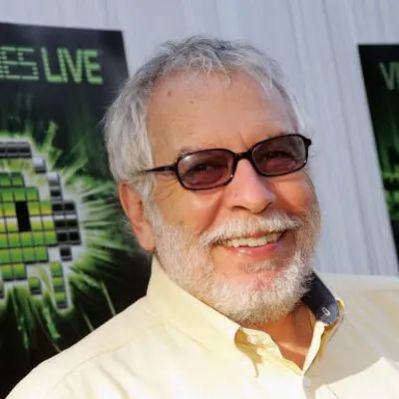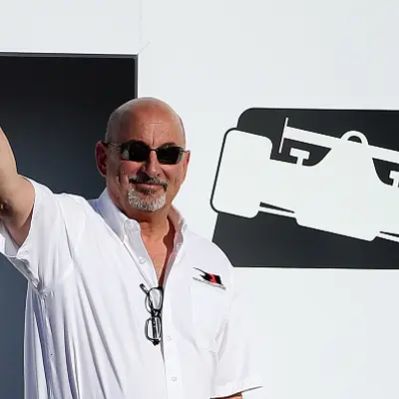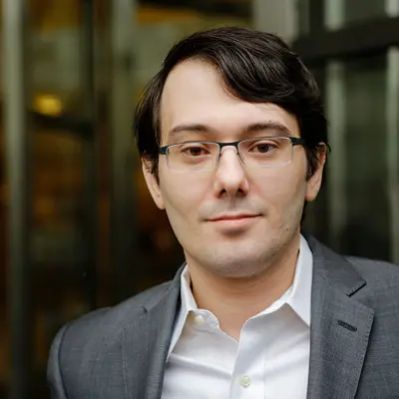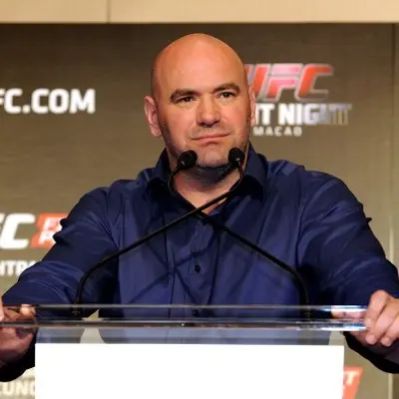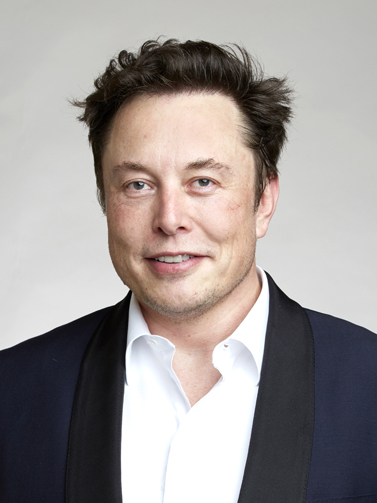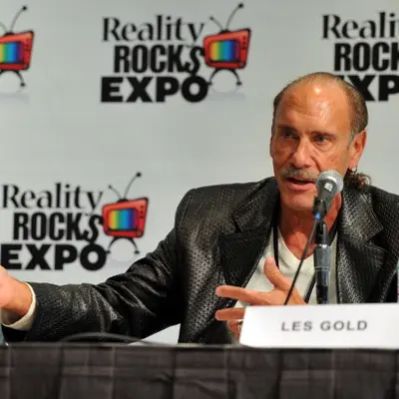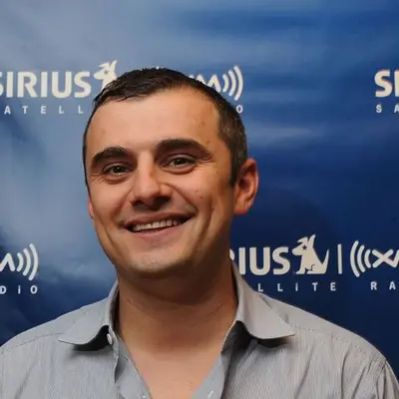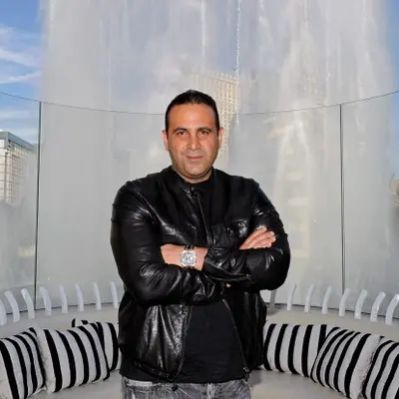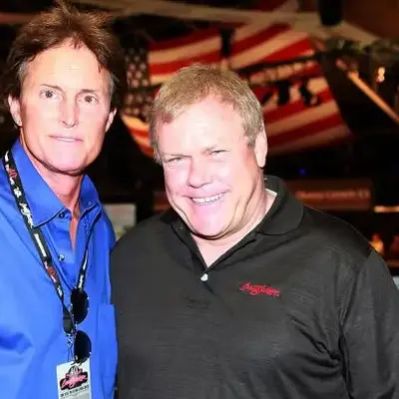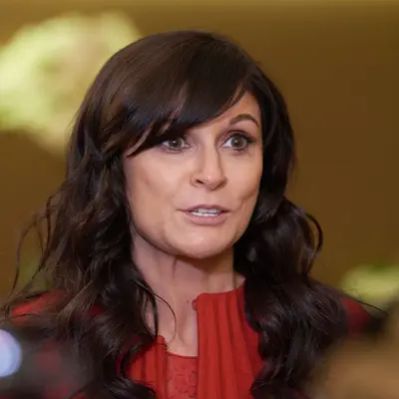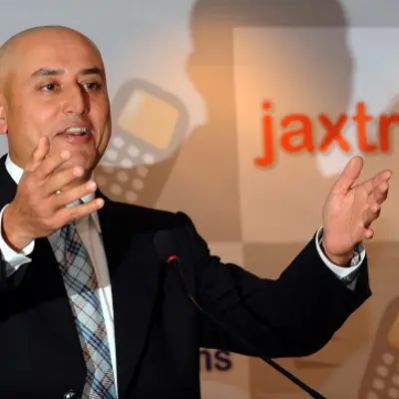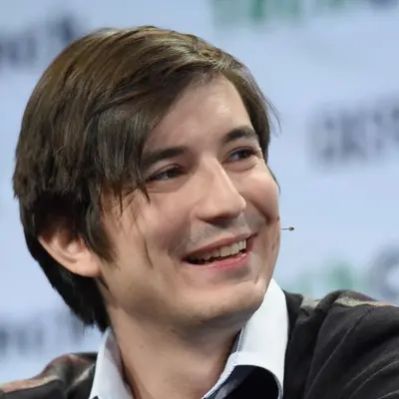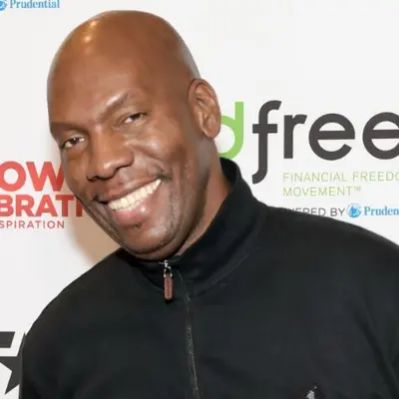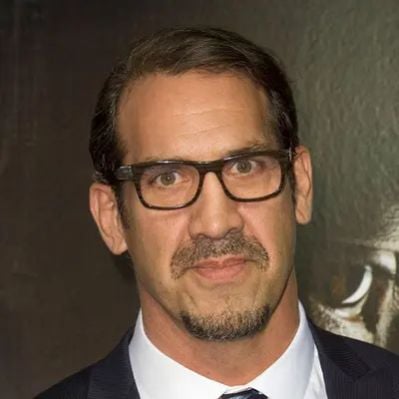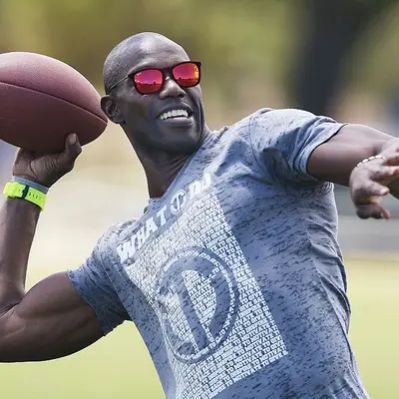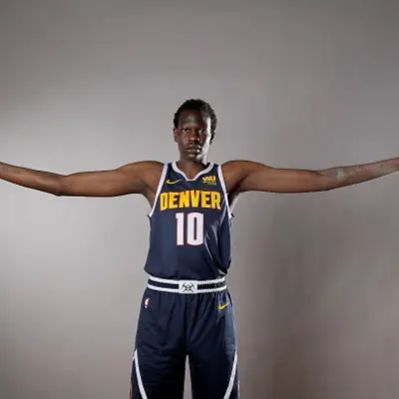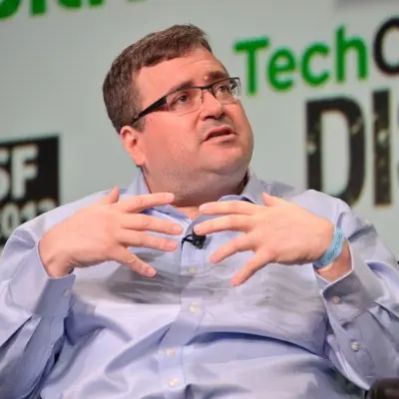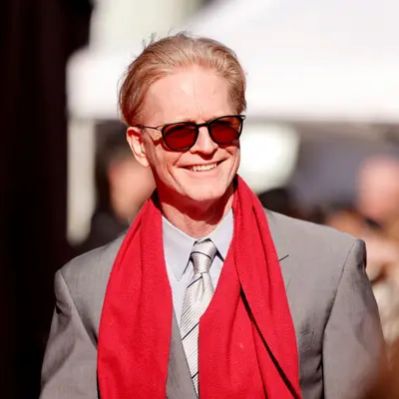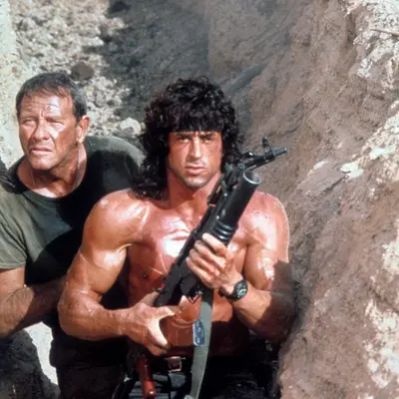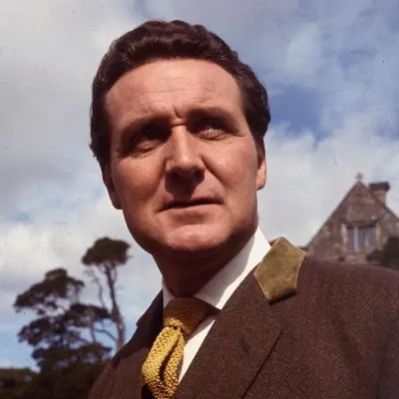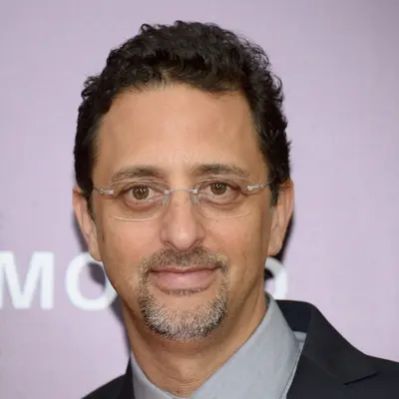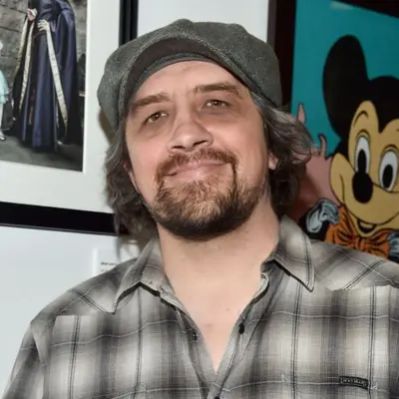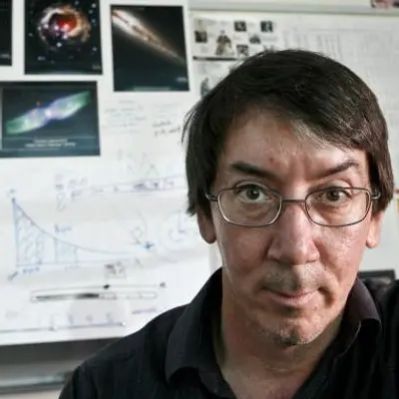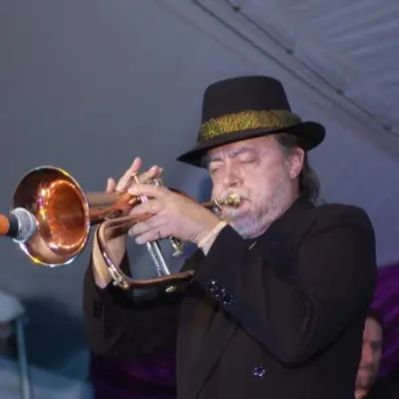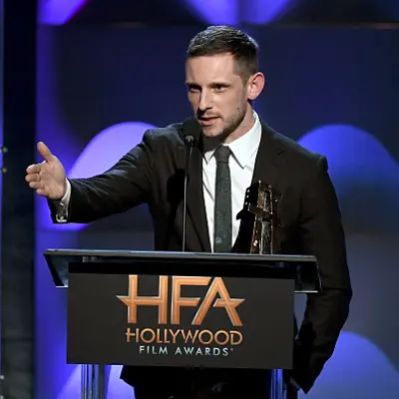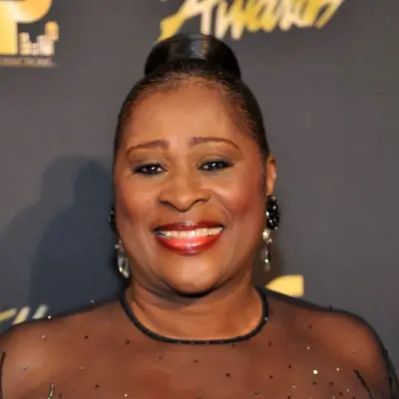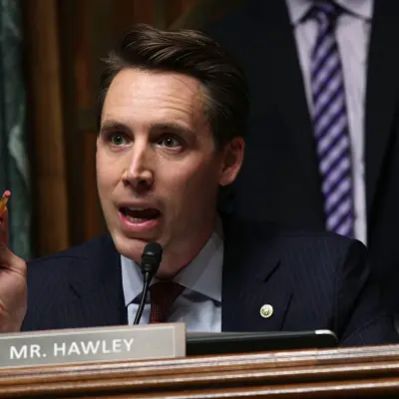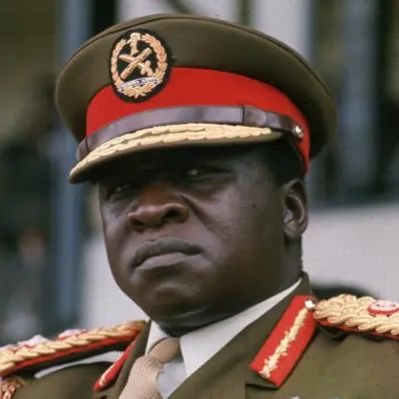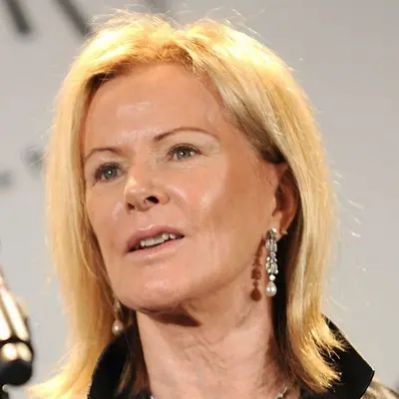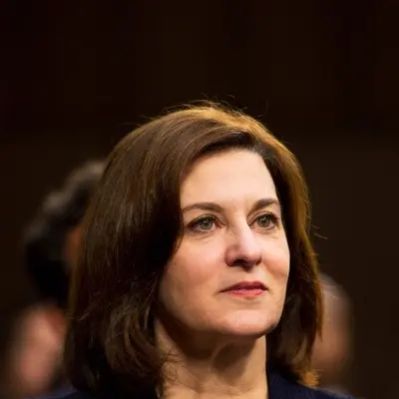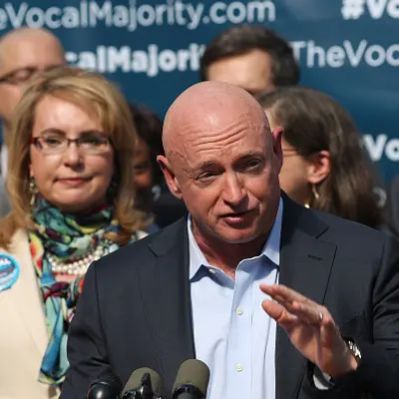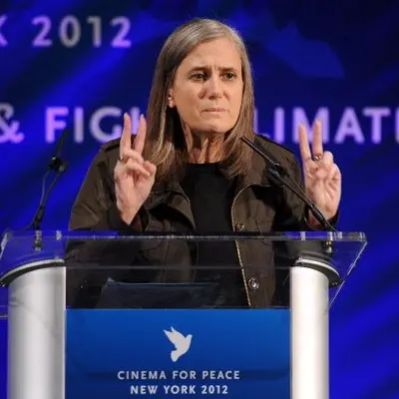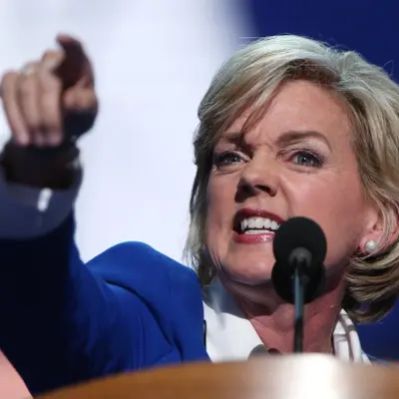What Is Nolan Bushnell’s Net Worth?
Nolan Bushnell, a prominent figure in the technology and entertainment industries, boasts a net worth of $50 million. This financial standing is primarily attributed to his entrepreneurial ventures, most notably as the founder of Atari, Inc. and Chuck E. Cheese’s Pizza-Time Theaters. His innovative contributions to the gaming and entertainment sectors have solidified his legacy and financial success.
Early Life and Education
Born on February 5, 1943, in Clearfield, Utah, Nolan Kay Bushnell embarked on his academic journey at Utah State University in 1961, initially focusing on engineering. In 1964, he transferred to the University of Utah College of Engineering, where he earned a bachelor’s degree in electrical engineering. During his college years, Bushnell joined the Pi Kappa Alpha fraternity, expanding his social and professional network.
Concurrent with his studies at both Utah State and the University of Utah, Bushnell gained practical experience at Lagoon Amusement Park. His dedication and aptitude led to a promotion to manager of the games department. This role exposed him to the intricacies of arcade electro-mechanical games, such as Chicago Coin’s “Speedway.” His responsibilities included maintaining the machinery, which provided him with firsthand knowledge of game mechanics and the operational aspects of the entertainment business.
Early Career and the Genesis of Atari
After graduating, Bushnell initially aspired to work for Disney and relocated to California. However, lacking immediate opportunities, he accepted a position as an electrical engineer at Ampex. This role proved significant as it facilitated his meeting with Ted Dabney, with whom he formed a close friendship. Bushnell shared his vision of creating pizza parlors equipped with electronic games, an idea that eventually took root. He introduced Dabney to the “Spacewar” game at the Stanford Artificial Intelligence Laboratory, laying the groundwork for their future collaboration.
In 1969, Bushnell and Dabney established Syzygy, aiming to produce a “Spacewar” clone named “Computer Space.” Dabney developed the prototype, while Bushnell focused on securing a manufacturer and managing advertising. They partnered with Nutting Associates, but “Computer Space” did not achieve commercial success despite generating over $3 million in sales. Bushnell recognized the need for a more effective marketing strategy and a simpler, more accessible game to appeal to a broader audience.
In 1972, Bushnell and Dabney ventured out on their own, incorporating under the name Atari. They hired Allan Alcorn as their second employee, an engineer whose expertise proved crucial. Together, they developed “Pong,” a game that resonated with the public and propelled Atari to prominence. The company released numerous “Pong”-based arcade video games, both original titles and spin-offs, solidifying their position in the burgeoning video game market. The release of the Atari 2600 revolutionized home gaming and the video game “Pong” became a cultural phenomenon.
However, the success of “Pong” led to a divergence in vision between Bushnell and Dabney. In 1973, Bushnell acquired Dabney’s share of Atari for $250,000, assuming full control of the company’s direction.
In 1975, former Atari employees Steve Jobs and Steve Wozniak approached Bushnell with an opportunity to invest in their home computer system, the Apple I, which was built from borrowed parts from Atari and with technical support from Atari employees. They offered the design for Bushnell to incorporate into Atari, but he declined, prioritizing the company’s focus on games. Later, in 1974, Jobs and Wozniak approached Bushnell again with an offer of a one-third equity stake in their new company, Apple Inc., for $50,000. Bushnell declined the offer.
As competition intensified in the arcade and home console markets from 1975 onward, Bushnell shifted his focus to developing a programmable home console. This initiative resulted in the Atari Video Computer System (Atari VCS), later known as the Atari 2600, which was released in 1977. However, Fairchild Channel F preempted its release by introducing the first home console to use game cartridges. To expedite the development of the Atari VCS, Bushnell sought acquisition by Warner Communications. The acquisition was completed for $28 million, with Bushnell personally receiving $15 million, equivalent to approximately $80 million in today’s dollars.
For several years, Warner Communications and Bushnell collaborated on Atari’s growth. However, by 1978, differing perspectives on the company’s leadership led to Bushnell’s removal as CEO and Chairman. Joe Keenan succeeded him in these roles, marking a significant transition in Atari’s management.
The Chuck E. Cheese Era
In 1977, while still affiliated with Atari, Bushnell repurchased Pizza Time Theatre from Warner Communication. Nolan had originally created it many years ago, and Warner acquired it from him. Recognizing an opportunity with Warner’s focus on Atari, he decided to reclaim the venture. Pizza Time Theatre was a kid-friendly arcade marketed as a “fun zone” for children, offering pizza and video games. The concept was intended as a distribution channel for Atari games. The name was later changed to Chuck E. Cheese, introducing animatronic animals that played music and entertained children as they ate. Bushnell envisioned this as an homage to his earlier aspiration of working for Disney.
In 1981, Bushnell delegated the operational responsibilities of Chuck E. Cheese to a restaurant executive and concentrated on his new business venture, Catalyst Technologies. During this period, he utilized substantial loans secured against his Pizza Time stock to finance Catalyst. By the end of 1983, Chuck E. Cheese faced financial difficulties, leading to the resignation of its president, Joe Keenan, a long-time friend of Bushnell. In the fall of 1984, Chuck E. Cheese filed for bankruptcy. ShowBiz Pizza Place, a competing pizza and arcade family restaurant, acquired Chuck E. Cheese’s Pizza Time Theatre and assumed its debt. In 1992, ShowBiz Pizza Time unified all locations under the Chuck E. Cheese brand due to its strong recognition. Currently, over 560 locations of this restaurant operate.
Ventures and Investments
From the 1980s to the early 2010s, Bushnell remained active in founding, investing in, and selling various businesses. These included Catalyst, PlayNet/Aristo, uWink, Modal VR, and Anti-Aging Games, LLC. In 2009, Bushnell established BrainRush, a company that integrates video game technology into educational software. He serves as the CEO and Chairman of the company. The company’s model is based on the conversion of curriculum lessons into mini-games. Between 2010 and 2012, BrainRush conducted a trial teaching Spanish language vocabulary through these games with over 2200 teachers and 80,000 students across the country. The results indicated an increase in learning speed of between 8–10 times compared to traditional learning methods.
Personal Life and Real Estate
Nolan Bushnell married his first wife, Paula Rochelle Nielson, in 1966. Together, they had two daughters and moved to California in the late 1960s. They divorced in 1975, shortly before Warner Communication acquired Atari. Although Bushnell was raised as a Latter-day Saint, he ceased practicing the faith after engaging in a debate over biblical interpretation with a professor at the University of Utah’s Institute of Religion during his college years.
Around the end of 1977, Nolan married Nancy Nino, with whom he had six children. In 1977, he allocated $4 million from the Atari sale proceeds to purchase the former mansion of coffee magnate James Folger in Woodside, California. The property was listed for just under $9 million and sold in 1996. This real estate transaction reflects Bushnell’s investment strategies and lifestyle during that period.
 Net Worth Ranker
Net Worth Ranker
